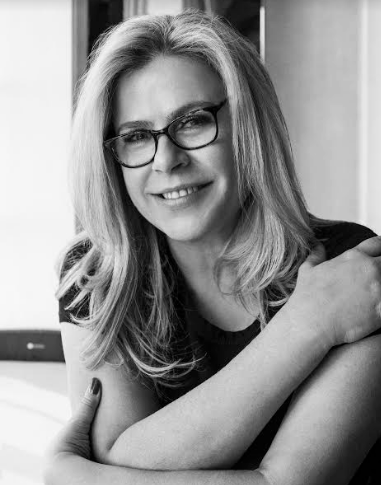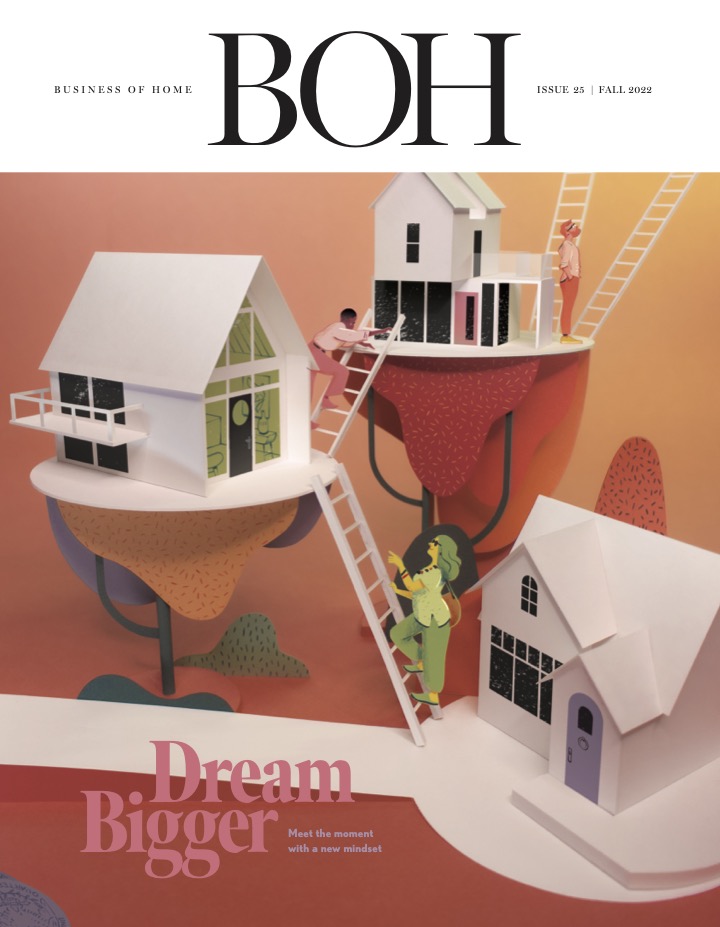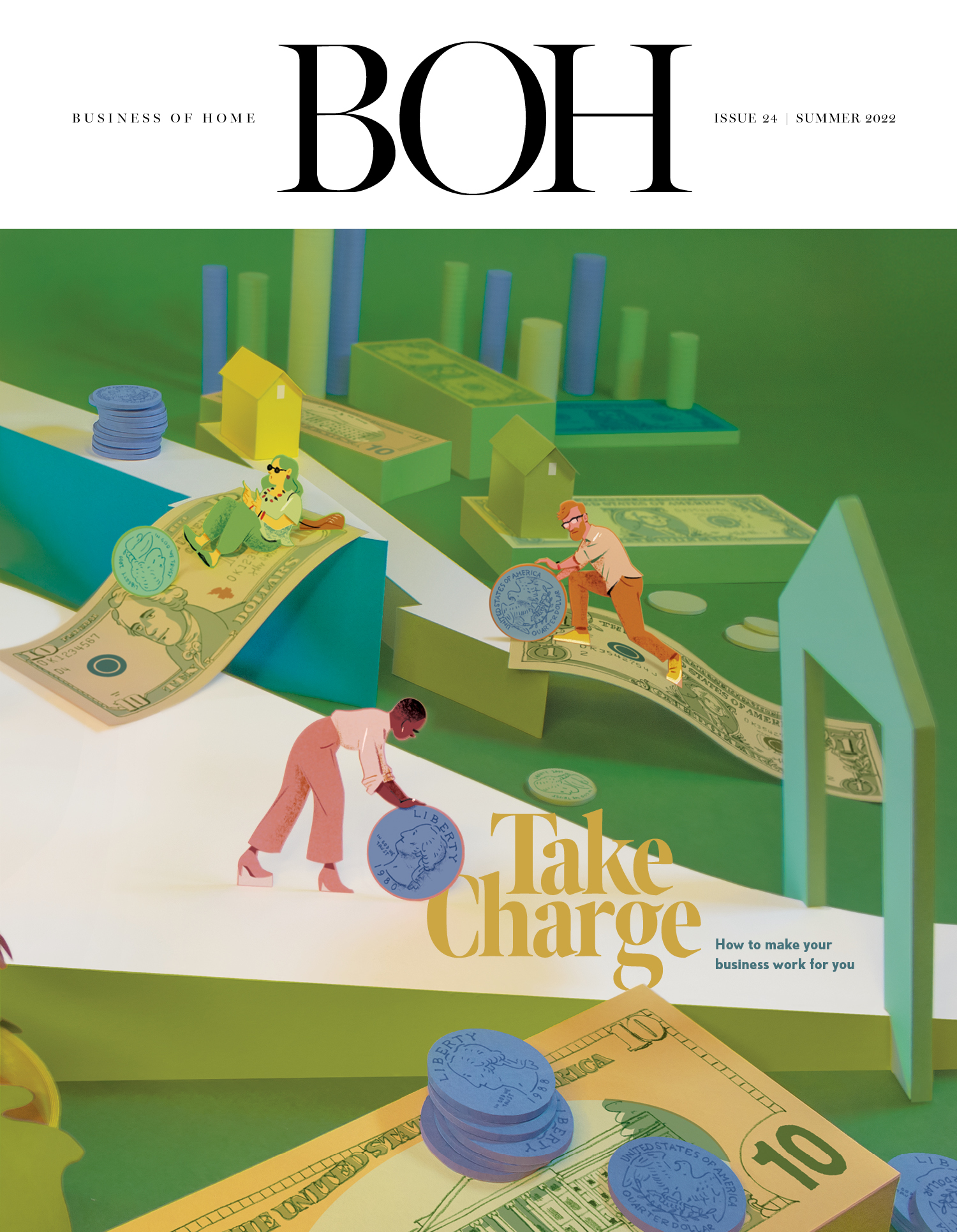“I am the daughter of one of the greatest decorators that ever lived.” Thus begins the story of Alexa Hampton, a designer who has become great in her own right. Her father was, of course, Mark Hampton, a decorator to celebrities, titans of industry and three presidents. His untimely passing in 1998 came when she was only 27 and still learning the ropes in his office. There was no succession plan in place.

“As a response to not having had the conversation about ‘What are we going to do?’ we just kept going,” Hampton tells host Dennis Scully on the latest episode of The Business of Home Podcast. “Here we are, 24 years later.”
A lot has happened in those 24 years. Though she never took her father’s name off the door, Hampton herself is now one of the country’s most celebrated designers, earning a regular place on industry best-of lists, authoring books and columns and designing product for a range of brands, from Kravet to Theodore Alexander to The Shade Store. In the early years, Hampton says, her success was based partially on the reputation and strength of the firm and partially on her own—yet unearned—confidence. But over time, she became fluent in the language of design.
“I love the metaphor of design as a language,” she says. “It is a language. It’s got structure, it has declensions, it has all of these means with which to communicate. The more you can identify those means, the more you can speak it. The conceit of my first book was the Julie Andrews approach to decorating: “Once you know the notes to sing/You can sing most anything.” So you learn the language, then you can scat, you can rap, you can sing, but you have the language with which to play.”
Though Hampton learned the trade in her father’s firm—at the time, a somewhat old-school operation—she’s fairly forward-leaning in her approach to technology and transparency. When clients started getting more assertive about researching pricing on product in the wake of the 2008 recession and the rise of the internet, she welcomed it. “The big, big shift is people are much more educated about what things cost; and I am not sorry about this,” she says. “Maybe even before 1stDibs, there was a marketplace called Circa, [and] people in the industry were starting to get concerned about homeowners going on those websites and seeing what things cost. I don’t think that’s a hazard, because we all want to be more transparent anyway. We want to say, ‘This is X, we’re paying X for it, we’re marking it up Y to sell it to you.’”
And though Hampton is by no means a Pollyanna about the disruptive power of the internet, she’s eager to see the trade become involved in how design works in the digital age. To that end, she helped develop the (now-defunct) e-commerce site The Mill and has an advisory role at Perigold. “I actually feel like we’re at a really lucky moment in time,” she says. “When do you ever get to have a say in the whole structure of an industry? This is it! We’re alive at this moment when the internet is booming. Twenty years from now, it’s going to be ossified. The structure is being put in place now, and I’d like to be part of that conversation.”
Listen to the show below. If you like what you hear, subscribe on Apple Podcasts or Spotify. This episode was sponsored by Room & Board and Modern Matter.



























